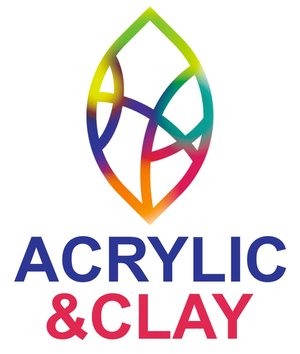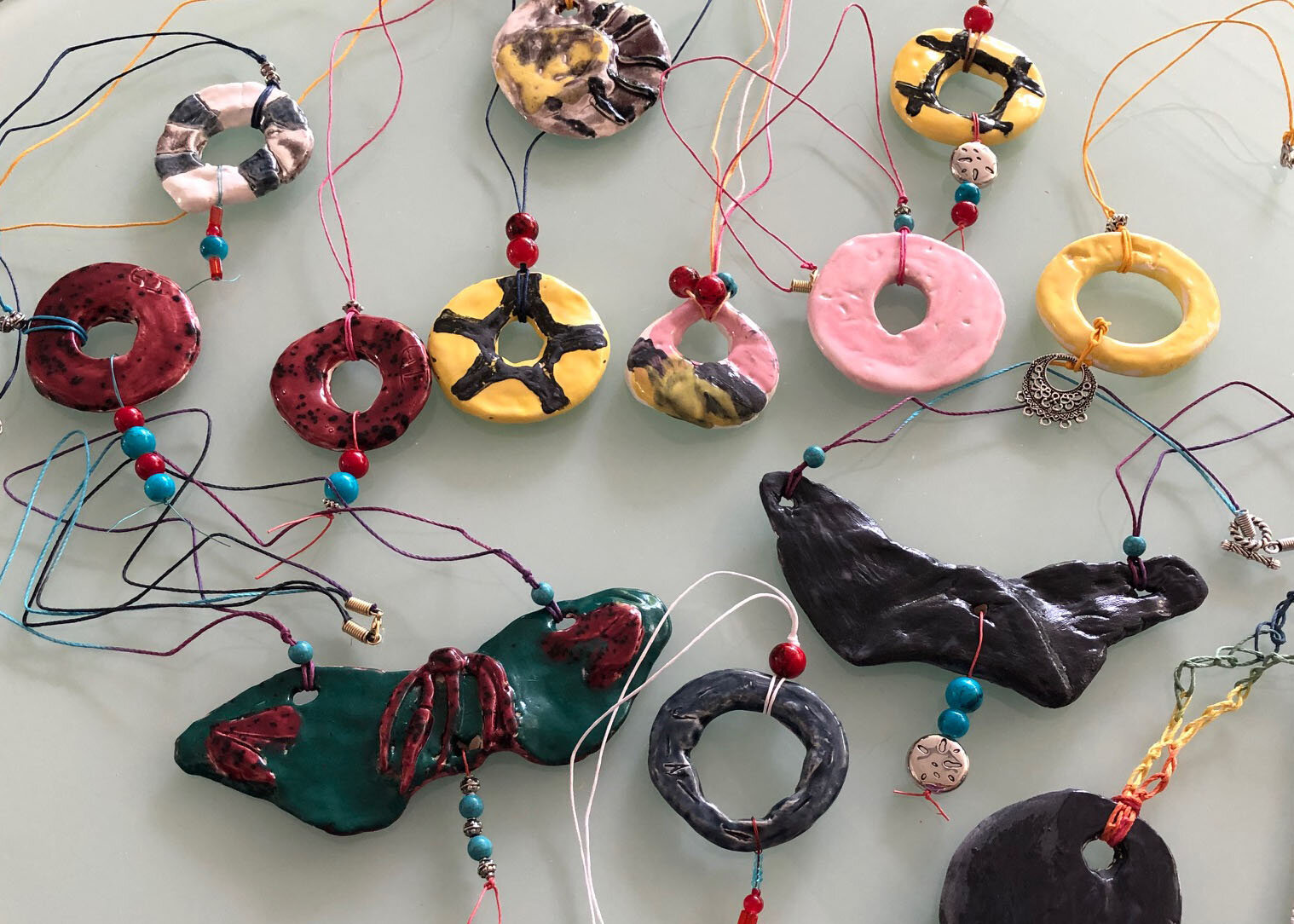Index
Social engagement
For several years I have been involved as an art teacher in a nursing home as well as in a disability care center in San Jose, California. Working with clay has proven to be the best method with the greatest success for everyone. Here everyone, no matter how much dexterity they (still) have, can create small works of art. And that in just a few hours. Both mind and body are strained equally, but not to an excessive level. Imagination, dexterity and imagination are trained and encouraged.
Concept
Classes take place every other week - depending on the size of the project for about one to one and a half hours. In advance I discuss the project topic with the students. Clay is the decisive material. The theme is based on the current season, such as pumpkins or small turkeys for Thanksgiving, heart-shaped sculptures for Valentine's Day, hats in summer and much more. Over time, a considerable collection of ideas and models has been created here. The implementation of the project then takes place in three phases.
Phase 1: Creation of a template
I always work out an example in my studio to find out how my students can accomplish the creation. The art here is to create a template that will suit everyone - beginners and advanced. In some cases, I create a second, more complex pattern that is designed for students who have been around for a while and/or are simply more fit with the coordination of their hands. After all, they should be encouraged and challenged and not be bored.
Phase 2: Step by step guidance before the class
In class I explain and show the production step by step. We mostly work with our hands only, which helps the pupils' fingers to move. After the lessons I bring the created clay objects to my studio and put them on the drying shelves to dry. After they are completely dried, they go into the kiln for a first firing.
Phase 3: The glaze
In the next lesson unit the fired clay objects are painted by the students with ceramic glazes. Many of them take the opportunity to create lively and colourful objects. There are no limits to the imagination. The glazed works of art are then taken back to my studio and fired after drying.
Before starting the next project, they are handed out and admired by everyone. The joy and pride that can then be seen in the faces of my students is for me always motivation and incentive at the same time to work on new creations and to implement them as projects with them.




